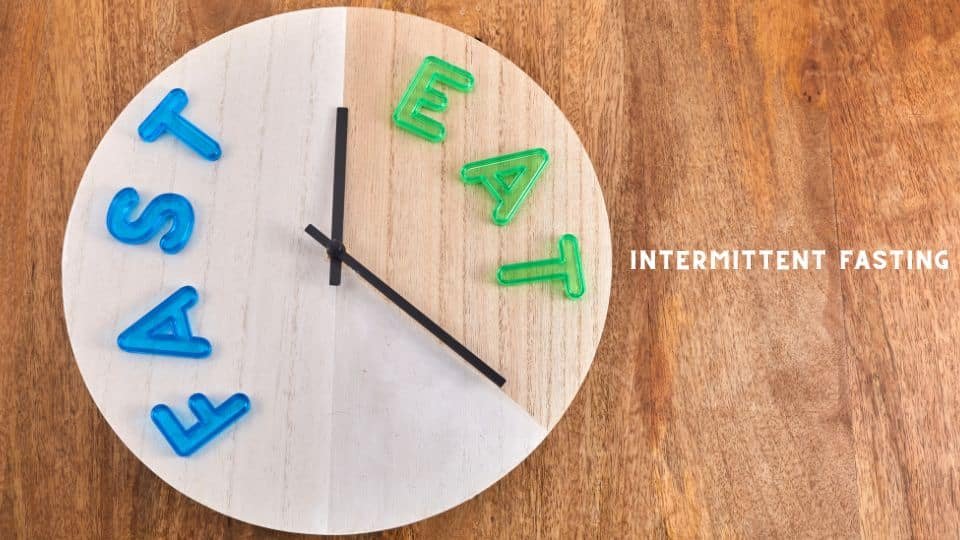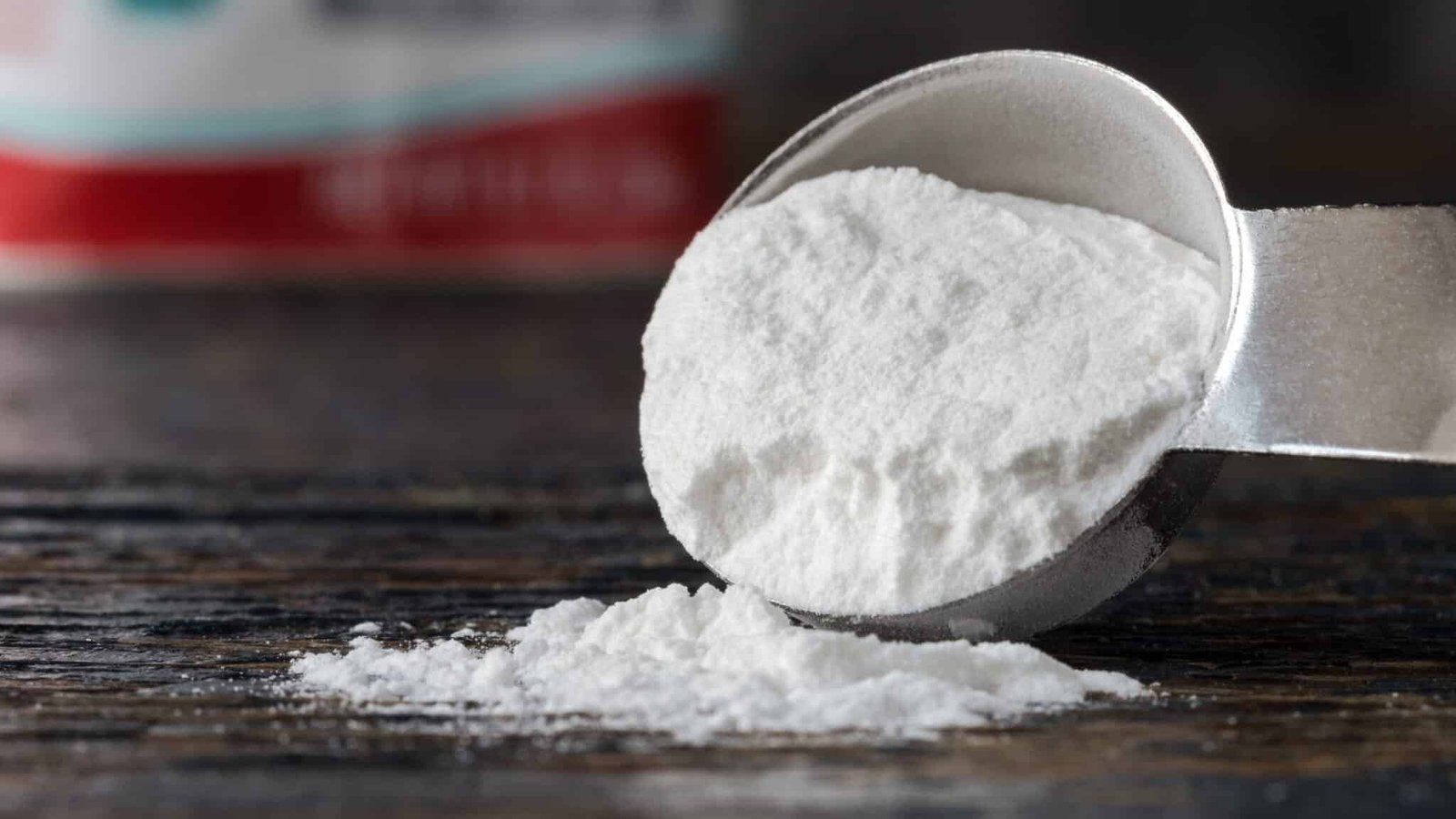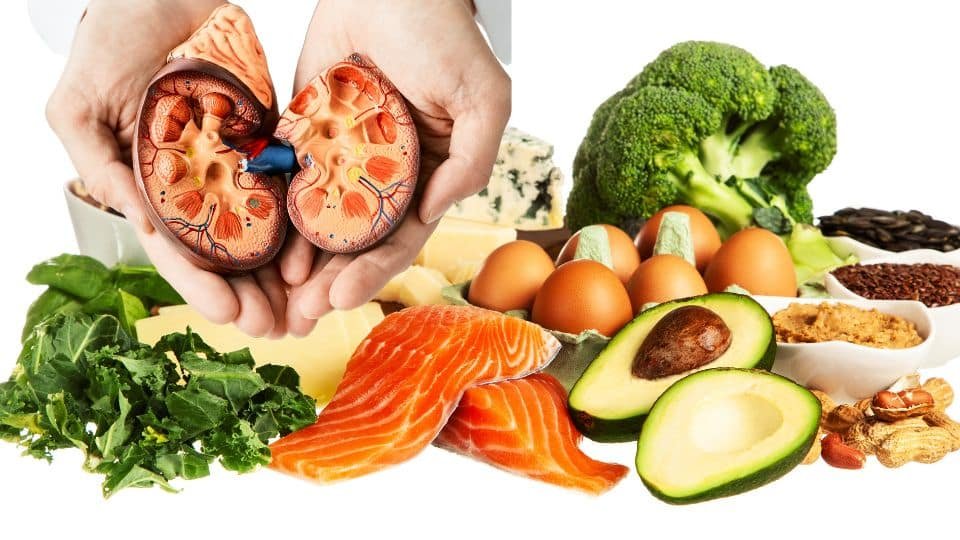Welcome! Today, we have some inspiring news from the world of scientific research that can revolutionize your workout routine. A groundbreaking study by the University of Kentucky’s College of Medicine and Health Sciences uncovered a fascinating connection between resistance exercise and fat loss. Let’s explore the details together!
In a collaboration between the Department of Physiology and the Center for Muscle Biology, researchers at the University of Kentucky embarked on an extraordinary study published in the prestigious FASEB Journal. They aimed to dissect the effects of resistance-like exercise, typically associated with weight training, on our body’s fat cells at a molecular level.
Fascinatingly, this study was not limited to human participants; it also involved our tiny furry friends – mice! The study revealed an astonishing mechanism through which resistance exercise influences fat cells, shedding new light on how our bodies burn fat.
During resistance exercise, as our muscles endure mechanical loading, they release minuscule particles called extracellular vesicles. Previously, these vesicles were thought to eliminate proteins, lipids, and RNA from cells. However, recent scientific discoveries have uncovered their role- facilitating cell communication.
What’s truly remarkable is that these extracellular vesicles deliver specific instructions to fat cells, triggering them to enter a state of fat-burning mode. This newfound understanding adds a whole new layer to how our skeletal muscles communicate with other tissues in our body, using these extracellular vesicles as messengers.
You can also view this article: Body Fat Percentage: The Definitive Indicator of Obesity, Not Weight!
Researchers are incredibly excited about this research. It’s the first time Researchers have showcased how resistance exercise initiates metabolic adaptations within fat tissue. These adaptations are crucial in determining overall metabolic outcomes in our bodies. The extracellular vesicles triggered by resistance exercise could potentially enhance fat metabolism, which has significant clinical implications.”
This groundbreaking study wouldn’t have been possible without the collaborative efforts of dedicated researchers. It’s also important to acknowledge the support received from the National Institute of Diabetes and Digestive and Kidney Diseases.
This groundbreaking study from the University of Kentucky has immense implications for fitness enthusiasts and healthcare professionals alike. By understanding how extracellular vesicles mediate fat-burning instructions from muscles to fat cells, we can potentially optimize fat loss and metabolic outcomes through resistance exercise.
So, the next time you hit the gym or grab those weights, remember, that your resistance exercise might be doing more for your metabolism than you ever thought possible!
Until next time, stay active, stay curious, and keep pushing those limits!
Glossary:
- Resistance Exercise: A form of physical activity typically associated with weight training, where muscles are subjected to mechanical loading.
- University of Kentucky’s College of Medicine and Health Sciences: An academic institution where the groundbreaking study was conducted.
- FASEB Journal: A prestigious scientific journal where the study’s findings were published.
- Department of Physiology: A department within the University of Kentucky’s College of Medicine and Health Sciences that contributed to the study.
- Center for Muscle Biology: A research center within the University of Kentucky that collaborated on the study.
- Extracellular Vesicles: Tiny particles released by muscles during resistance exercise. They were previously thought to eliminate cellular components but are now understood to play a role in cell communication.
- Fat-Burning Mode: A state in which fat cells are activated to burn fat for energy.
- Metabolic Adaptations: Changes in the body’s metabolism, which can affect overall metabolic outcomes.
- National Institute of Diabetes and Digestive and Kidney Diseases: An organization that provided support for the study.
- Clinical Implications: The potential real-world applications and benefits of the study’s findings in a healthcare setting.
- Optimize Fat Loss: Improve the efficiency of losing body fat through exercise.
- Metabolic Outcomes: The results and effects of metabolic processes in the body.
Journal Reference:
Ivan J. Vechetti, Bailey D. Peck, Yuan Wen, R. Grace Walton, Taylor R. Valentino, Alexander P. Alimov, Cory M. Dungan, Douglas W. Van Pelt, Ferdinand Walden, Björn Alkner, Charlotte A. Peterson, John J. McCarthy. Mechanical overload‐induced muscle‐derived extracellular vesicles promote adipose tissue lipolysis. The FASEB Journal, 2021; 35 (6) DOI: https://doi.org/10.1096/fj.202100242R



 By
By










